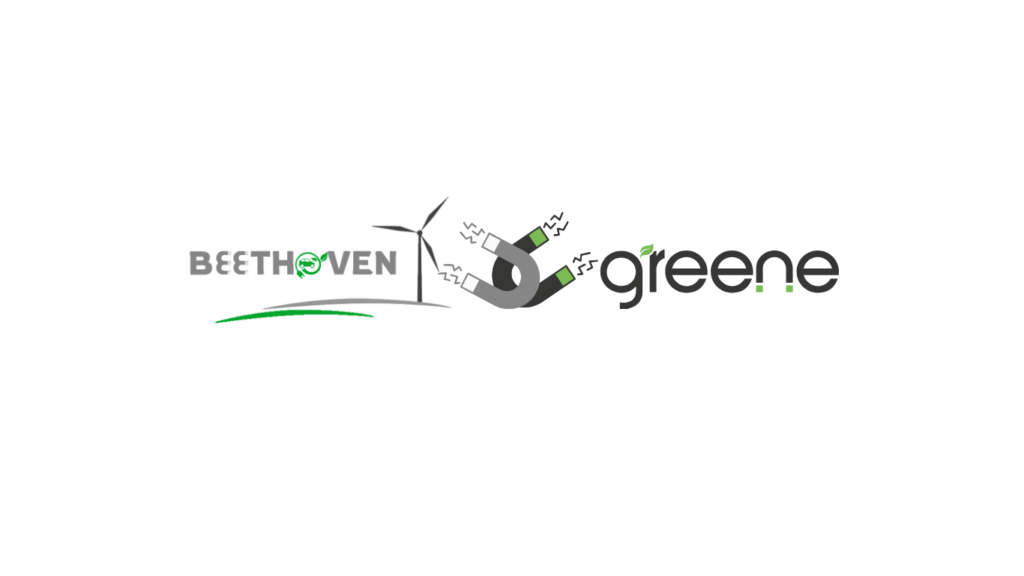Permanent magnets drive our modern world. They are at the heart of many essential devices – from electric vehicles and wind turbines to consumer electronics and medical imaging. But what makes them so special? What are they made of and how are they produced? Understanding how their performance emerges from fundamental physical principles, material design and processing strategies is crucial for developing innovative magnetic materials.
This webinar, part of the series ‘Talking Magnets’ aimed at promoting the next generation of magnet experts, will explore insights from quantum mechanics, materials science and engineering. Experts in the field will provide a comprehensive perspective that bridges theory and practice, addressing both foundational concepts and cutting-edge research. While this webinar is primarily tailored for students seeking to deepen their understanding of magnetism, professionals and researchers at all levels are invited to participate.
Agenda
09:00 – Welcome
Maëva Pratlong, Steinbeis Europa Zentrum
09:10 – An Introduction to BEETHOVEN and GREENE
Dr. Adrian Quesada, Consejo Superior de Investigaciones Científicas & Prof. Dr. Kristina Žužek, Jožef Stefan Institute
09:20 – Atomistic Foundations of Magnetism
Dr. Silvia Gallego Queipo, Consejo Superior de Investigaciones Científicas
09:50 – Micromagnetic Simulations & Domain Dynamics
Prof. Dr. Thomas Schrefl, University for Continuing Education Krems
10:20 – Q&A
10:25 – Short break
10:35 – Microstructural Engineering and Magnet Properties
Dr. César de Julián Fernández, Consiglio Nazionale delle Ricerche & Dr. Tomaž Tomše, Jožef Stefan Institute
11:05 – Processing Techniques for Permanent Magnets
Prof. Dr. Kristina Žužek, Jožef Stefan Institute
11:35 – Q&A
11:40 – Short break
11:50 – Industrial Applications & Challenges
Matej Zaplotnik, Magneti Ljubljana & Dr. Dimitris Niarchos, AMEN New Technologies
12:20 – Q&A
12:25 – Closing Remarks
About the Organising Projects
BEETHOVEN “Substitution of Rare-Earths for advanced novel Magnets in Energy and Transport Applications” aims to develop sustainable magnetic materials that reduce or eliminate rare-earth elements (REE) in energy and transport applications. The project focuses on scaling up three magnetic phases – high-entropy alloys, ferrite-based composites and W-type ferrites – for use in permanent magnets. It will demonstrate REE substitution through REE-bonded magnets for automotive parts and prototypes of a REE-lean wind generator, REE-free flywheel, and REE-free/lean electric vehicle motor.
GREENE, short for SINGLE-GRAIN RE-ENGINEERED ND-FE-B PERMANENT MAGNETS, is an EU-funded project focused on pioneering advancements in high-performance permanent magnets, re-engineering their microstructure to make them more powerful while at the same time reducing Rare Earth (RE) content. Led by the Slovenian Jožef Stefan Institute, a consortium of 15 European partners is tackling the environmental and supply challenges associated with these crucial components of high-tech products that power a green energy future, such as e-vehicles and wind turbines.
